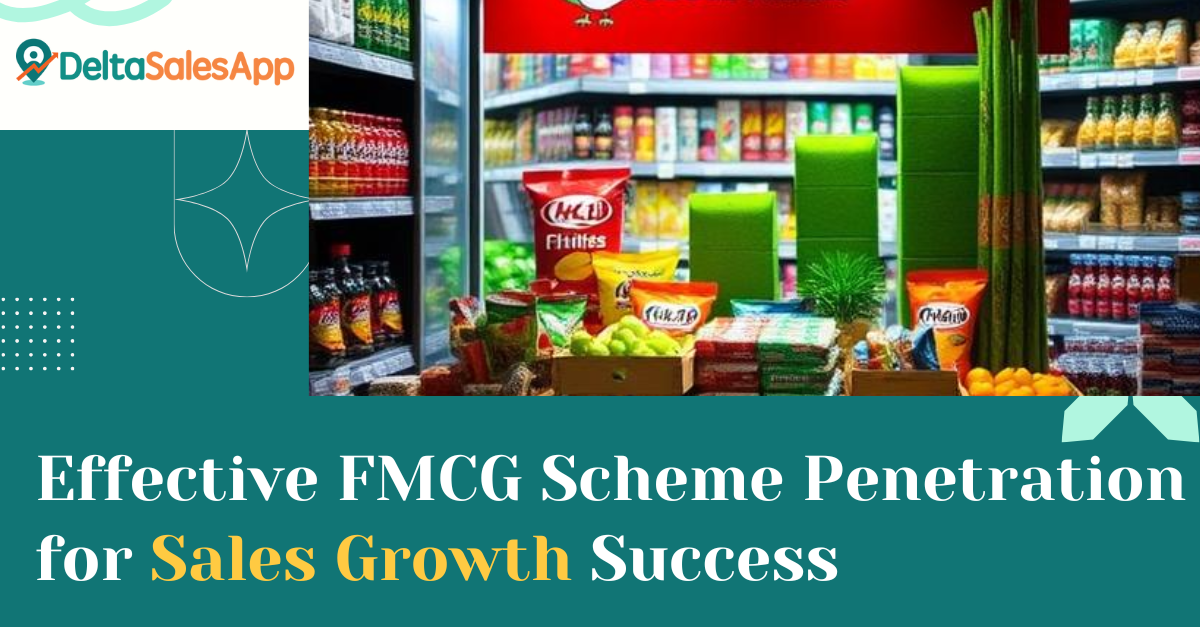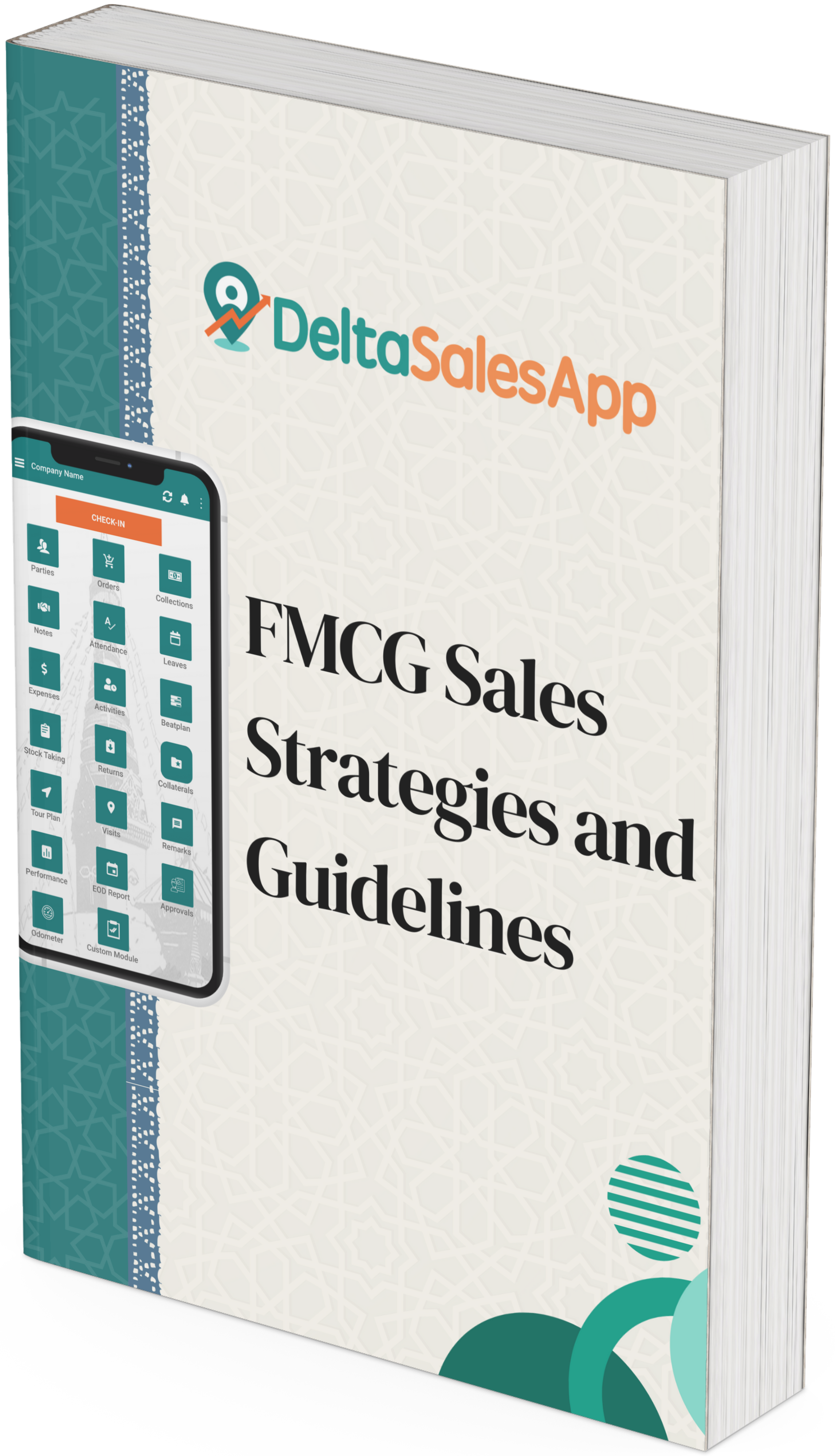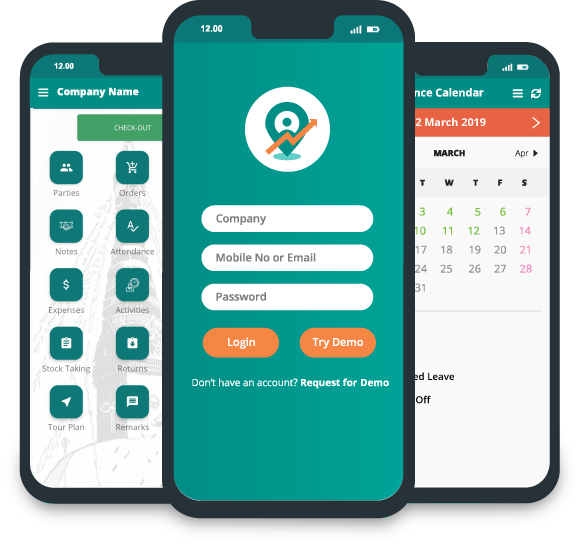Effective FMCG Scheme Penetration For Sales Growth Success

FMCG scheme are designed to encourage retail outlets to push specific products or brands, offering incentives such as discounts, bonuses, or rewards in exchange for promoting or purchasing a particular volume of products. However, a scheme is only as effective as its reach. If a scheme does not penetrate the right outlets or does not get executed as intended, the overall sales benefit can be minimal, even though the business may have invested heavily in the campaign.
Effective scheme penetration means ensuring that the right retailers (or outlets) receive the intended benefits of the scheme and implement it properly. If the penetration rate is low or incomplete, the campaign will fail to meet its sales targets, despite the incentives offered.
Common Pitfalls in FMCG Scheme Penetration
While many FMCG businesses roll out promotional schemes regularly, the problem lies in achieving full penetration. Based on my experience working with several organizations, here are the most common reasons FMCG schemes fail to achieve maximum impact:
Poor Communication with Retailers: One of the main reasons for low scheme penetration is poor communication between the company and its retail partners. Retailers may not fully understand the terms of the scheme, the benefits, or even when and how to apply it. Without proper communication, even the most attractive schemes can fall short.
Ineffective Distribution and Execution: Even when a scheme is communicated, the mechanism for its distribution can be flawed. If a retailer does not receive the right materials or updates in time, they may miss out on participating in the promotion.
Lack of Retailer Motivation: Not all retailers are equally motivated to participate in a scheme. Some may not see the immediate benefit, especially if the scheme’s terms are complicated or the reward is not substantial enough for them to prioritize.
Incomplete Data and Monitoring: Many businesses rely on intuition or incomplete data to monitor the success of a scheme. Without solid data analysis, businesses cannot accurately track scheme penetration across various outlets and identify which areas need improvement.
Inadequate Follow-Up and Adjustments: After a scheme is rolled out, businesses often fail to monitor its progress and make necessary adjustments. Whether it's updating retailers on changes or resolving issues that arise during execution, continuous monitoring is key to achieving better scheme penetration.
Key Metrics for Assessing FMCG Scheme Penetration
To optimize FMCG scheme penetration, you need to focus on several key metrics that will help you assess how effectively your scheme is reaching retailers:
Scheme Penetration Rate: This metric tells you the percentage of targeted outlets that received the scheme. A penetration rate of 100% means all the targeted outlets received the scheme as intended.
Outlet Classification Breakdown: Classifying your outlets into categories such as A-Class, B-Class, and C-Class outlets is critical. It helps identify which types of outlets are receiving the scheme and whether high-priority outlets (such as A-Class) are receiving the scheme as intended.
Execution Time: How long does it take for a scheme to reach the outlet? Delays in execution can result in missed opportunities or a drop in scheme effectiveness.
Scheme Effectiveness: How much did the scheme impact sales? This is determined by comparing sales during the scheme period to the baseline sales before the scheme was implemented.
Steps to Improve FMCG Scheme Penetration
To ensure that your FMCG schemes achieve high penetration and drive desired sales growth, follow these steps:
1. Understand the Target Outlets and Their Needs
Before rolling out a scheme, conduct thorough research on your outlets. Classify them into categories based on their sales potential, size, and market coverage. For instance, classify outlets into A, B, C, and D classes. This classification will help you tailor your schemes according to each outlet’s capacity and importance.
A-Class Outlets: High-potential, high-volume outlets that play a crucial role in your sales strategy.
B-Class Outlets: Mid-level outlets with moderate sales.
C-Class Outlets: Small or low-priority outlets with lower sales but still important for coverage.
Once you have a solid classification in place, ensure that your scheme is tailored for each outlet category. The top-tier schemes should be prioritized for A-Class outlets, while smaller, more manageable schemes can be designed for lower-tier outlets.
2. Create Clear, Attractive, and Easy-to-Implement Schemes
Ensure that your schemes are simple and clear for retailers to understand and implement. This includes:
Easy Terms and Conditions: Avoid complicated rules that may discourage participation. Keep it simple.
Attractive Rewards: The reward should be worthwhile and directly aligned with the retailer's business objectives. Whether it's discounts, bonuses, or other incentives, the reward must motivate the retailer to push the product.
By offering tiered incentives based on outlet classification, you can ensure that each outlet receives a scheme that aligns with its sales potential and effort.
3. Communicate and Educate Retailers Effectively
Effective communication is the foundation of any successful scheme. Here are a few strategies to ensure your retailers know about the scheme and understand how to apply it:
Dedicated Training: Organize training sessions for retailers and their staff to walk them through the scheme and its benefits.
Clear Marketing Materials: Provide clear, easy-to-understand promotional materials (like flyers, posters, or digital ads) to ensure the scheme is front-and-center in their stores.
Personal Communication: Have your sales reps or field force communicate directly with key retailers, ensuring they are fully aware of the scheme and its details.
4. Leverage Technology for Real-Time Tracking
Technology can streamline the process of monitoring scheme penetration. Use a centralized dashboard or tracking system to:
Monitor Scheme Delivery: Track which outlets have received the scheme and which have not.
Real-Time Updates: Use mobile apps or platforms to keep retailers updated on the scheme and its status.
Penetration Analysis: Regularly check penetration rates and compare them across different outlet classes to identify gaps.
With real-time tracking, you can quickly identify outlets that are missing out on the scheme and take immediate action.

5. Follow-Up and Course-Correct
Successful scheme execution doesn’t end when the scheme is launched. It’s essential to follow up on penetration rates regularly. If an outlet hasn’t received the scheme, it’s time to intervene and ensure they get it. Here’s how you can improve execution:
Field Visits: Assign your sales reps to visit outlets and check whether the scheme is implemented as planned.
Feedback Loop: Collect feedback from retailers on why they may not be participating fully, and use this information to adjust future schemes.
6. Review, Evaluate, and Improve
Once the scheme has concluded, evaluate its effectiveness by comparing the actual results to your initial goals. Key metrics to evaluate include:
Sales Growth: Did the scheme lead to an increase in sales? If so, by how much?
Penetration Rate: How many of the targeted outlets implemented the scheme?
Retailer Engagement: Were retailers motivated to participate, and did they find the scheme valuable?
Use these insights to refine future schemes. Whether you need to adjust the rewards, simplify the process, or improve communication, these lessons will guide your next strategy.
7. Foster a Collaborative Sales Culture
Encourage collaboration among your sales team, distributors, and retailers. By working together, you can ensure the scheme is properly executed and maximizes penetration across all outlet types. Create a culture where the entire ecosystem is focused on achieving the scheme's goals.
Conclusion: The Road to FMCG Scheme Success
Achieving effective FMCG scheme penetration requires a detailed, systematic approach. By understanding your outlets, creating clear and attractive schemes, leveraging technology for tracking, and following up rigorously, you can ensure that your schemes have a significant impact on sales growth.
Remember, successful FMCG scheme penetration is not just about offering incentives; it's about reaching the right outlets with the right offer at the right time. By executing these strategies, you’ll maximize the benefits of your promotional schemes and ensure long-term sales success. Looking to enhance your FMCG sales strategy?









